2023
" Where does the water you drink come from? "
Some of us appear puzzled, others sneak glances at the illustrated walls in desperate search for answers. A few sneer, mocking the simplicity of the question. Yet no one dares voice their knowledge, swallowed by doubtful silence.
“I reckon you don’t know where the water in your tap comes from” Ferdinando Boero, president of the Dohrn Foundation, asserts almost mischievously.
His finger drifts across a painted map, tracing the winding courses of semi-arid rivers back to Alpine springs. But then he gestures beyond—because there’s more. Beyond mountains, beyond seas, across borders that have time and again humbled human cleverness—marked by sheer pillars of stubborn ignorance—lies the Atlantic. There everything begins: millions of droplets rise, form storm clouds, hitch a ride on the wind, and journey to the peaks of Central Europe, where they descend once more, merging into the earth, pulsing through the planet’s veins, and finally flowing into our pipes.
His finger drifts across a painted map, tracing the winding courses of semi-arid rivers back to Alpine springs. But then he gestures beyond—because there’s more. Beyond mountains, beyond seas, across borders that have time and again humbled human cleverness—marked by sheer pillars of stubborn ignorance—lies the Atlantic. There everything begins: millions of droplets rise, form storm clouds, hitch a ride on the wind, and journey to the peaks of Central Europe, where they descend once more, merging into the earth, pulsing through the planet’s veins, and finally flowing into our pipes.
Is Milan by the ocean? Absolutely. Because, as Boero puts it, “If you see a cloud in the sky, you’re looking at the Atlantic.
Founded in 1872 by visionary German Darwinist Anton Dohrn, the zoological station of Naples (Italy) was the first of its kind in the world; nowadays it is among the leading institutions globally for research in the fields of marine biology and ecology. Here, researchers collect phytoplankton and microorganisms named copepods, which are sampled and analysed as indicators of the water quality in the gulf. According to Boero, president of the Dohrn Foundation, these are the most important animals in the world.
Portrait of the president of the foundation, Ferdinando Boero, alongside a watch glass containing copepods, which he defines the most important animals on Earth.
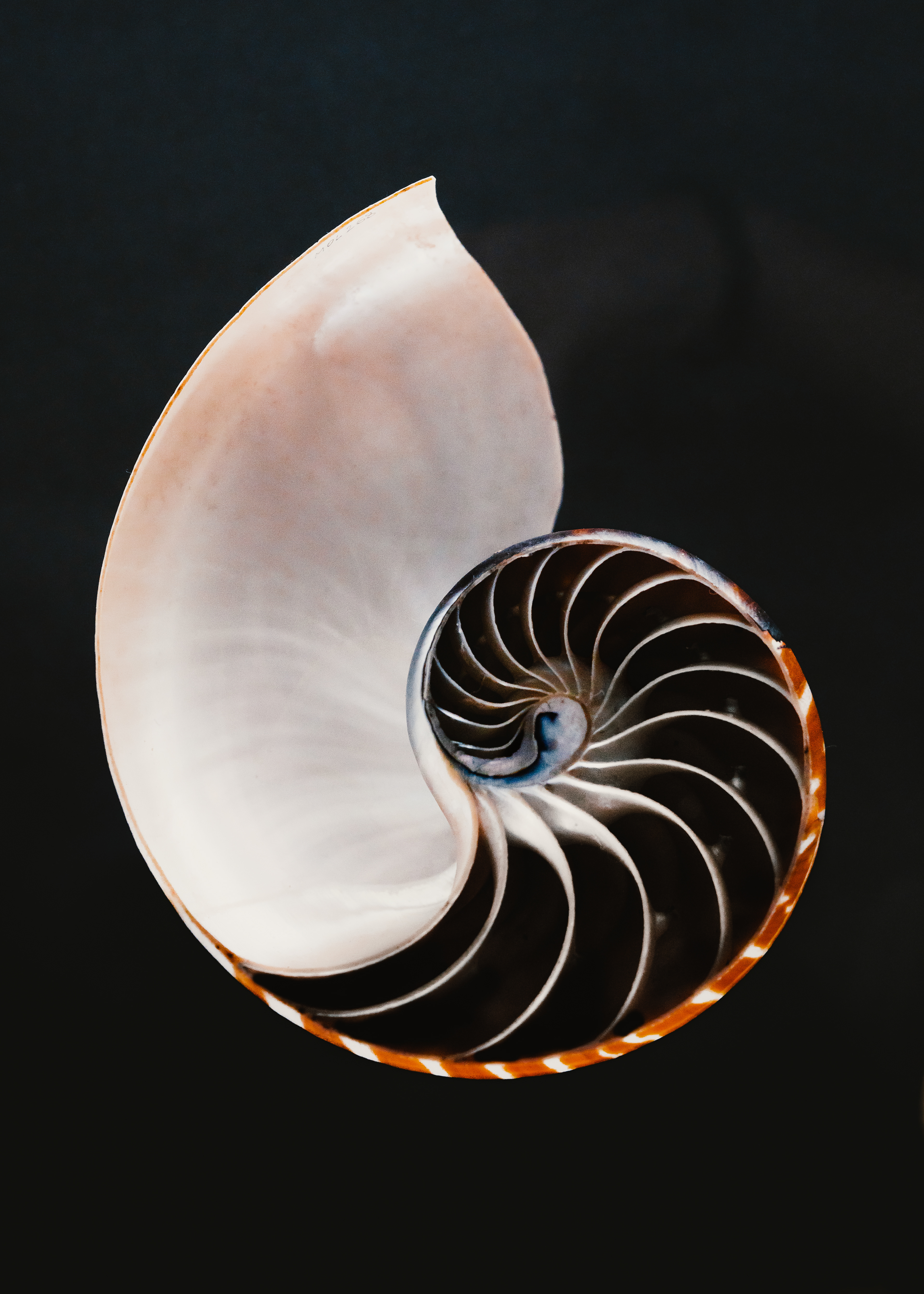
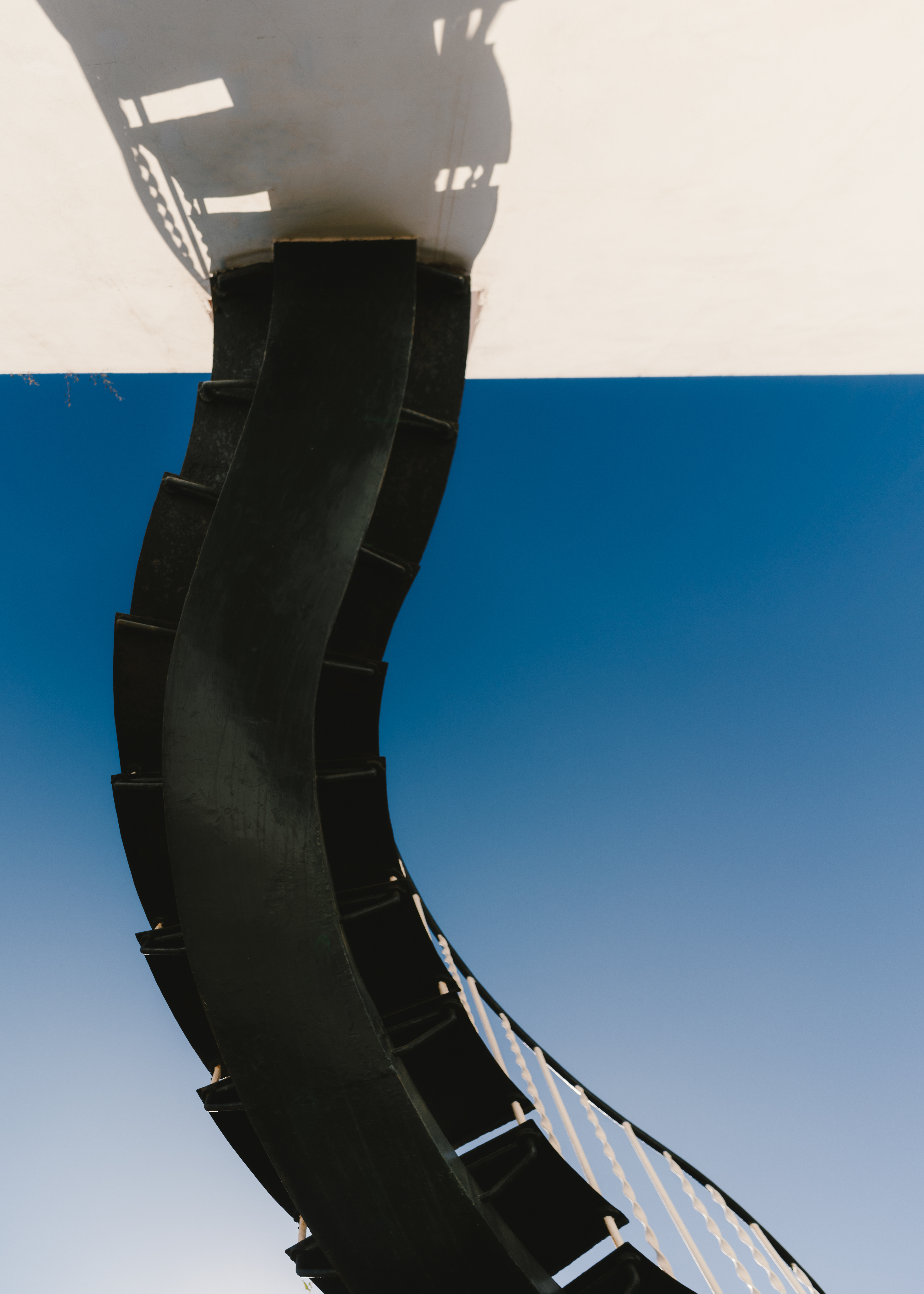
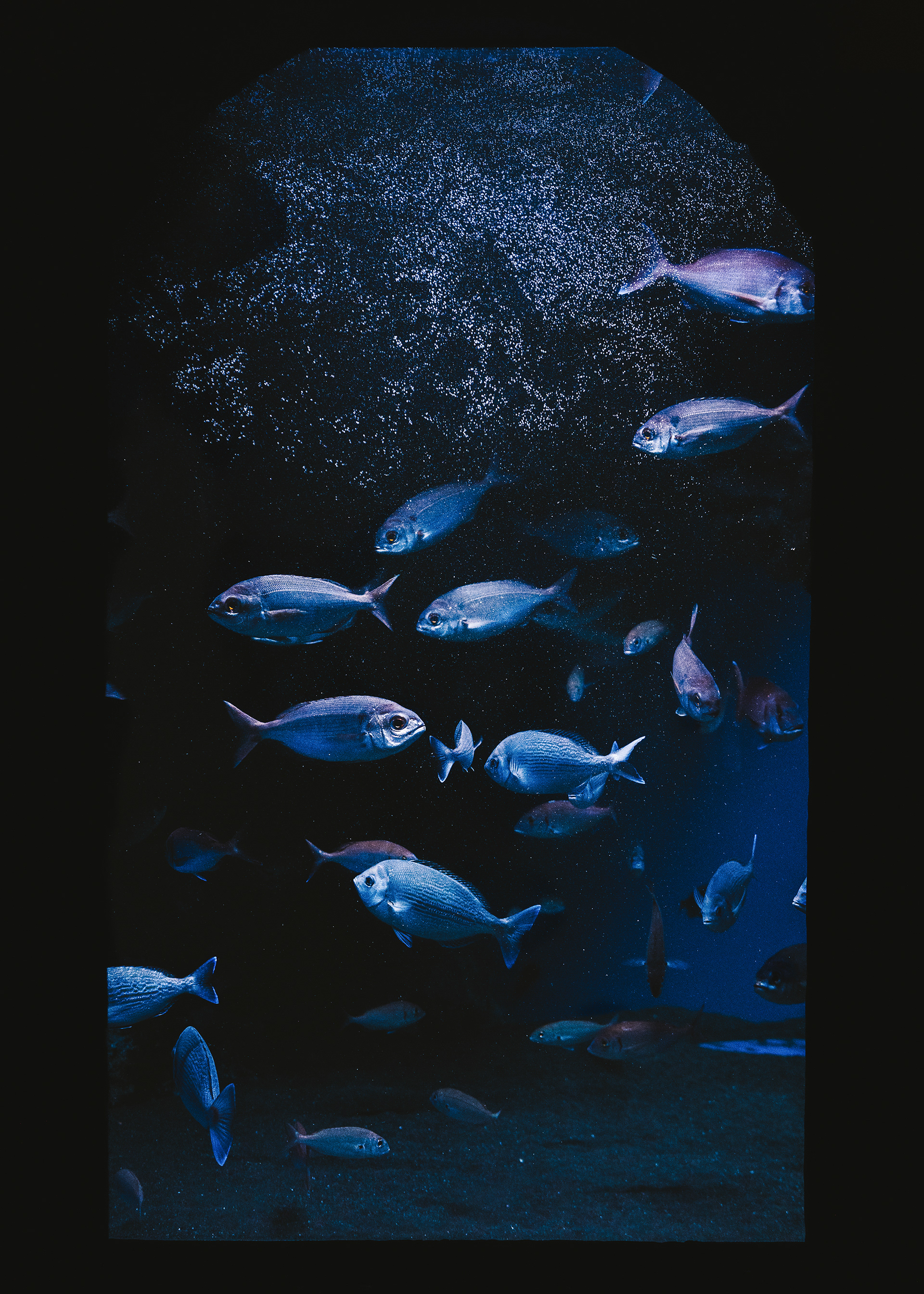
Left: a split section of Nautilus pompilius from the historical collection housed at the Anton Dohrn museum.
Center: the staircase of the museum is designed to mimic the skeleton of a whale.
Right: the station houses the oldest aquarium in Italy, opened in 1874; the only one exclusively dedicated to Mediterranean marine life.
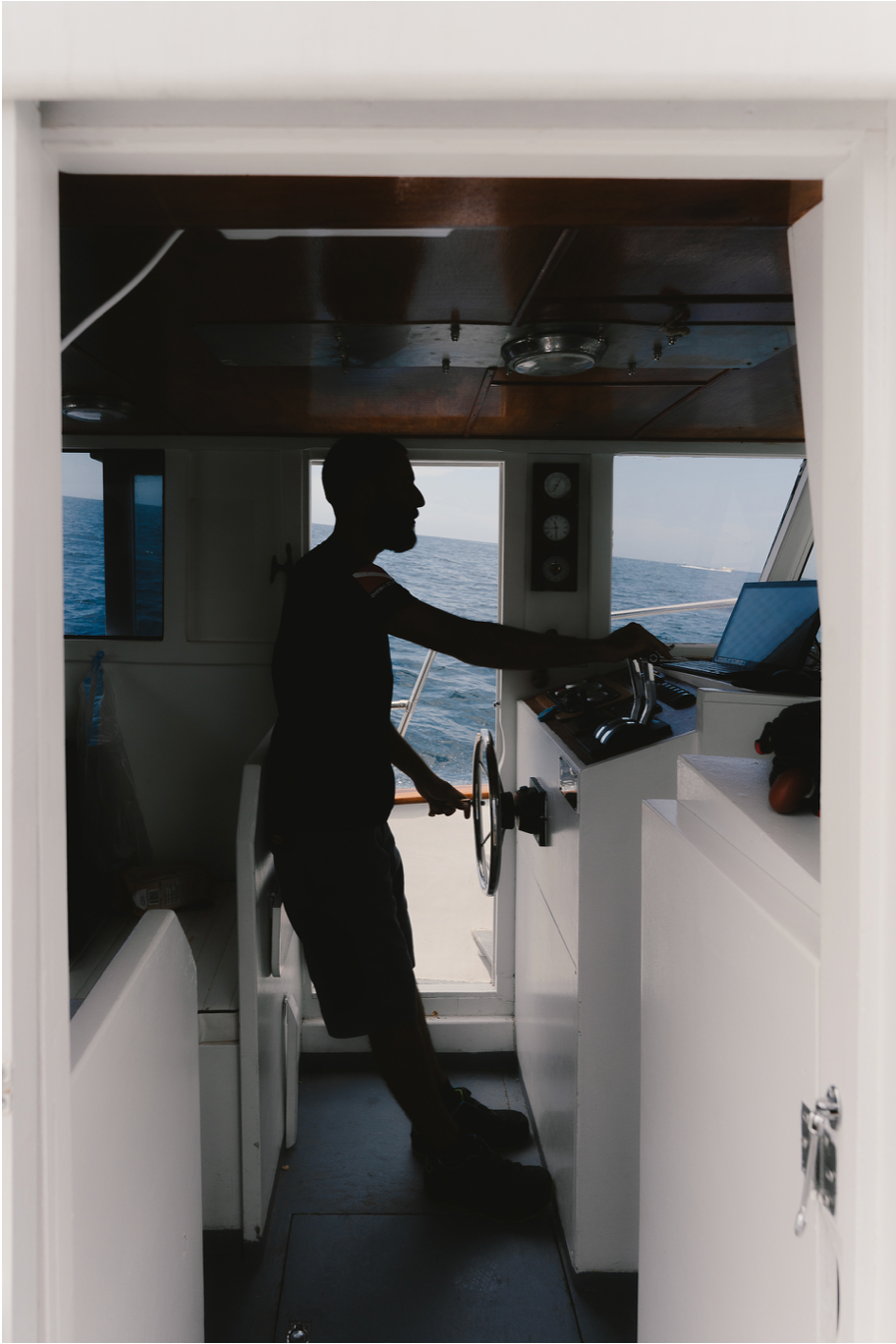
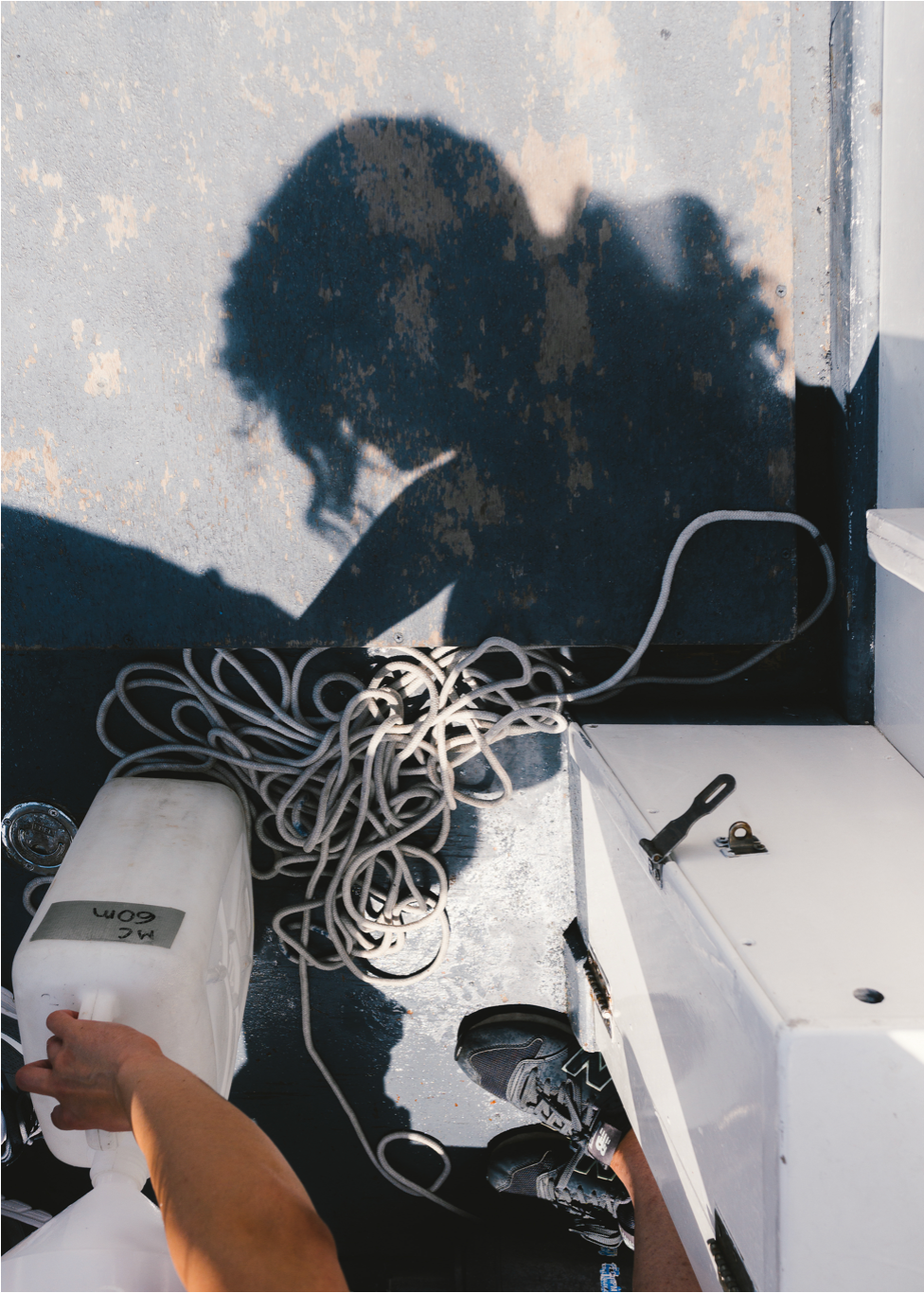
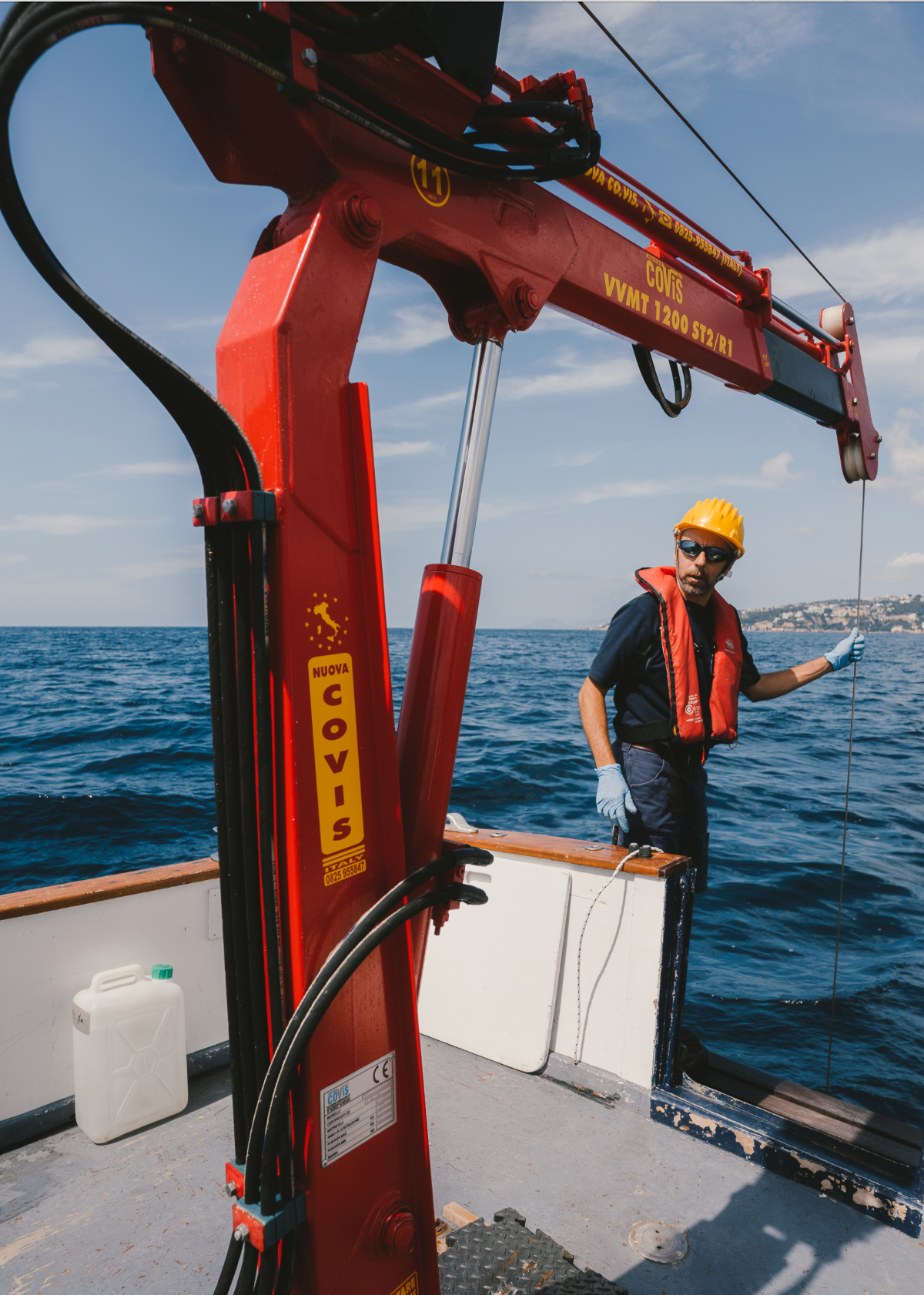
Boat driver Claudio taking the crew out for sampling activities in the gulf of Naples.
Sampling involves profiling the physical structure of the water column and collecting water at various depths to analyse its contents.
Sampling involves profiling the physical structure of the water column and collecting water at various depths to analyse its contents.
Inside the zoological station Anton Dohrn, scientists analyse water samples measuring temperature, oxygen, salinity, nutrient levels, particulate and dissolved carbon, total nitrogen and phosphorus — key parameters monitored over decades to compare shifts against historical data from the Gulf of Naples.
Close up of an instrument used to quantify the sampled phytoplankton (vital microscopic algae in aquatic ecosystems) and microscope view. In recent years, about 40 new species of phytoplankton have been discovered in this station.
